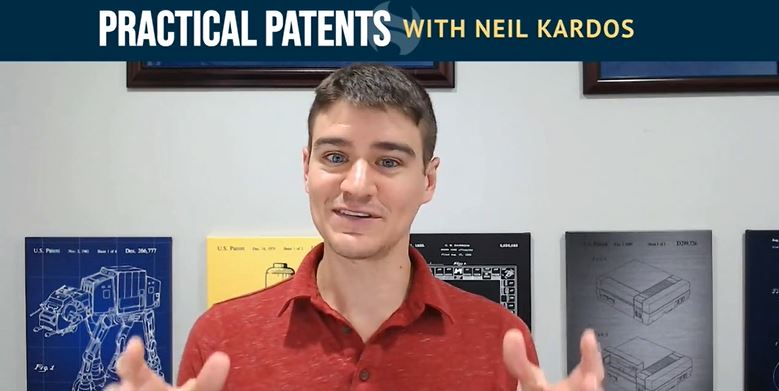Honing Business Methods Patent Applications: A Shift Towards Technicality
Welcome back, fellow patent enthusiasts! We’re back this week with Neil Kardos’ Practical Patent tips, as he draws on his experience as a former business methods patent examiner and his extensive work in the field, to offer strategic insights for navigating the complex terrain of business methods patent applications. Neil emphasizes the imperative of transitioning the focus from primarily business methods to technical aspects.
Understanding the Shift
Business methods often grapple with a common conundrum: they are inherently business-centric, which makes them particularly susceptible to invalidity challenges. The magic lies in reframing the invention’s narrative. Neil’s approach hinges on the following:
- Engaging in Inventor Conversations: Start by discerning the technical elements during initial discussions with inventors. This sets the groundwork for refocusing the application.
- Identifying Key Technical Aspects: Using an example of a system harnessing transaction data to inform users about sales in nearby stores, Kardos underscores the value of delving into the ‘how’ of the invention. This includes understanding:
- The mechanisms behind determining a user’s shopping preferences.
- The methodologies for identifying stores with ongoing sales.
- The intricacies of location-based messaging.
By interrogating these technical dimensions, the narrative can shift away from targeted advertising to spotlight the innovation’s technical prowess.
Deep Dive into Technicality
To reimagine a business methods patent application with a technical lens, consider the following questions:
- Data Processing & Analysis: How is the user data processed? Are there any transformative elements involved? Does the system employ machine learning techniques?
- Sales Data Acquisition: Does the system utilize web scraping? Is there an element of natural language processing involved? How are emails analyzed for sales information?
- Messaging Mechanism: How is location-based messaging achieved? How does the system discern store locations? What decision-making algorithms are in place for timely and relevant messaging?
Addressing these inquiries aids in capturing the essence of the invention’s technical novelty, presenting it in a light more favorable for patent allowance.
Conclusion
The patent application domain is rife with challenges, especially for business methods. However, with a tactful shift towards highlighting technical components, these hurdles can be effectively navigated. Neil Kardos’s expertise and willingness to share knowledge offer a beacon of hope for those navigating this intricate field.
Thank you for reading, and we invite you to explore more insights and strategies in the patent field on our Practical Patents blog series. Don’t forget to come back for more tips in the next installment of the Practical Patents Series. Until next time, happy patenting!
Note: This blog post is based on the opinions and observations of the author and should not be considered legal advice. Consult a qualified patent attorney for specific guidance on patent application drafting.
Want more tips? Check out other Practical Patents videos with Neil Kardos here!

